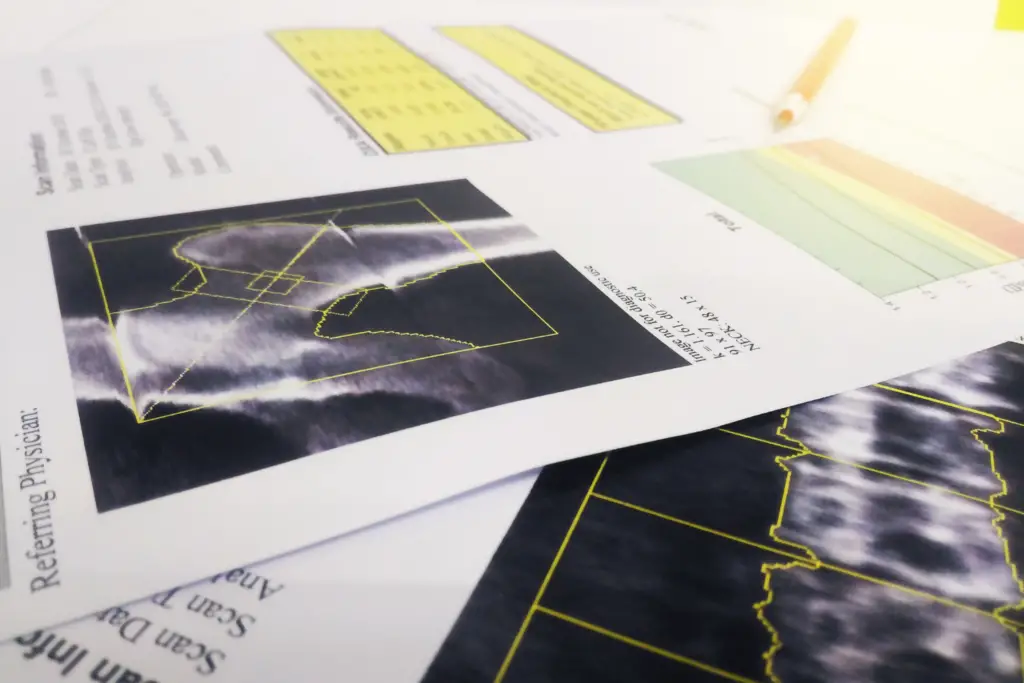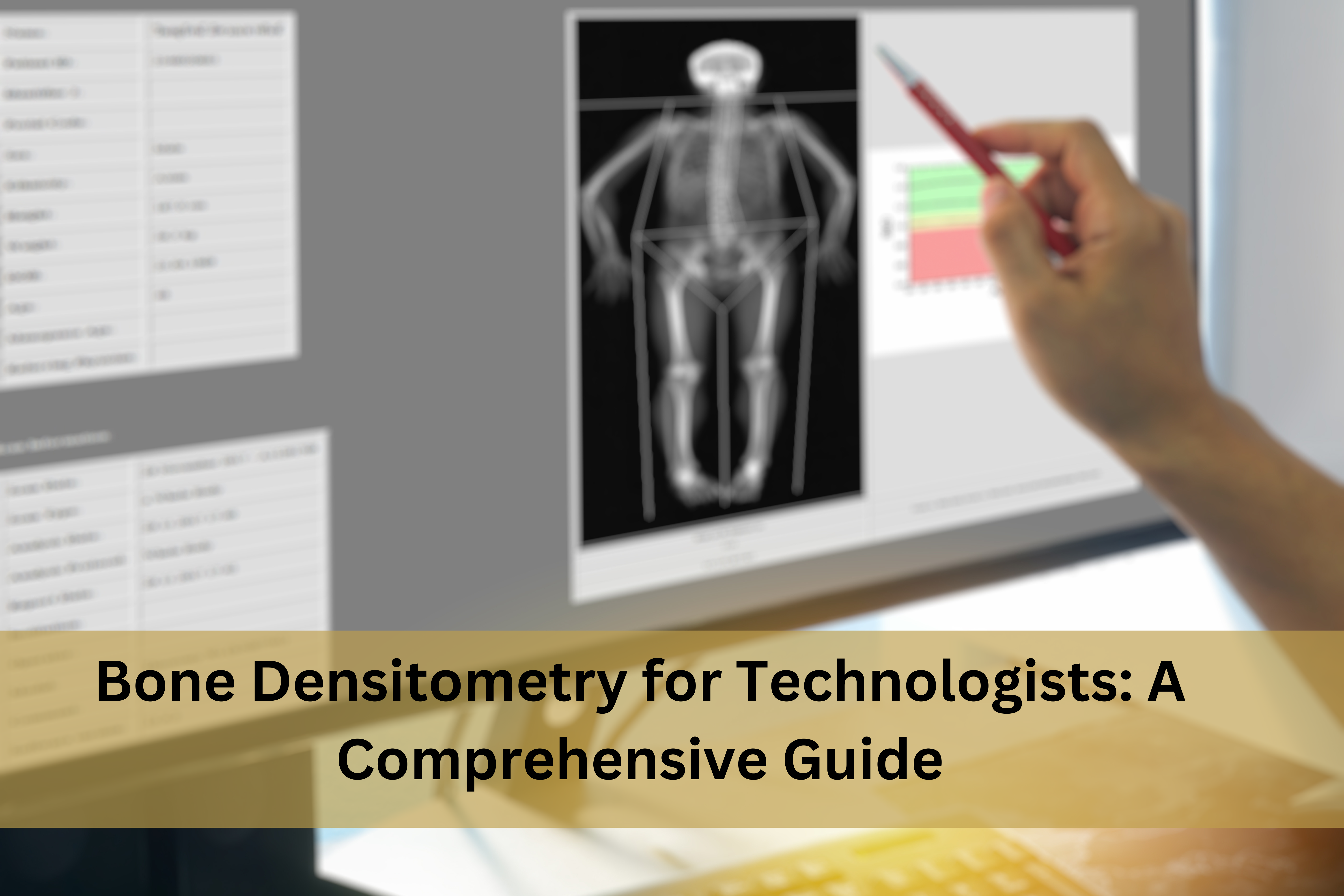Bone densitometry, an essential tool in the realm of healthcare, provides invaluable insights into bone health. Technologists play a pivotal role in this domain, ensuring accuracy and precision in every test.
Introduction to Bone Densitometry
Bone densitometry, commonly known as Dual-energy X-ray Absorptiometry (DXA or DEXA), is a diagnostic procedure for assessing bone mineral density. This non-invasive technique offers a glimpse into the strength and health of bones, often detecting osteoporosis before fractures occur. The importance of bone densitometry cannot be overstated, especially when considering the aging global population and the potential risks of bone-related ailments.
Technological Aspect of Bone Densitometry
The marvel behind bone densitometry lies in its technology. Employing low-dose X-rays, it generates images of the spine, hips, or even the entire body. These images provide a comprehensive view of bone mineral density, paving the way for early intervention and treatment. With continuous research, modern advancements have rendered the procedure quicker and even more precise, reaffirming its significance in today’s healthcare landscape.
Role of Technologists in Bone Densitometry
Technologists are the unsung heroes behind the success of every bone densitometry test. Entrusted with the responsibility of operating the equipment, they ensure that every scan is of the highest quality. Their tasks are multifaceted, ranging from positioning the patient correctly to calibrating the machine. The road to becoming a technologist in this field requires rigorous training and certifications, emphasizing the importance of their expertise.
Bone Densitometry for Technologists
Marrying healthcare with cutting-edge technology, bone densitometry presents a unique challenge and opportunity for technologists. Their role is not limited to mere operation; they are often the bridge between patients and physicians, translating complex data into actionable insights. In real-world settings, technologists make pivotal contributions, from ensuring patient comfort to assisting in diagnosis.
Preparation for a Bone Densitometry Test
A successful test often hinges on thorough preparation. Technologists provide clear instructions to patients, ensuring they wear suitable attire and remove any metal objects. On the equipment front, regular calibration is crucial to maintain accuracy, and technologists are at the forefront of these tasks.
Safety and Precautions
Safety is paramount in any medical procedure. Technologists adhere to stringent guidelines to minimize radiation exposure, both for themselves and patients. Furthermore, they play a vital role in ensuring that patients remain still and comfortable throughout the procedure, eliminating potential errors.
Interpreting Results
The results of a bone densitometry test are often represented using T-scores and Z-scores. Technologists, equipped with knowledge and training, help decipher these scores, assisting physicians in understanding potential risks or conditions. Recognizing the clinical implications of these results ensures timely and appropriate medical interventions.

The Future of Bone Densitometry
As with any technology, the horizon for bone densitometry is ever-expanding. Innovations are on the anvil, promising faster, more accurate results. Technologists, with their fingers on the pulse of advancements, will undoubtedly play a significant role in shaping the future of this field.
Comparison with Other Imaging Techniques
While bone densitometry is invaluable, it’s essential to understand its benefits over other imaging methods. Its non-invasive nature, coupled with quick results, makes it a preferred choice for many. However, like any tool, it has its limitations, and understanding these is crucial for holistic patient care.
Career Path for Technologists in Bone Densitometry
For those passionate about healthcare and technology, a career in bone densitometry offers immense growth opportunities. With the increasing demand for these tests, there’s a burgeoning need for skilled technologists. Continuous learning, certifications, and hands-on experience can propel a fulfilling career in this domain.
FAQs
- What is the primary purpose of bone densitometry? Bone densitometry assesses bone mineral density, helping detect conditions like osteoporosis.
- How long does a typical test last? Most tests are completed within 10 to 30 minutes.
- Is the procedure painful? No, it’s a non-invasive and painless procedure.
- How often should one undergo this test? It varies based on individual needs and physician recommendations.
- Are there any side effects? There are minimal to no side effects, with radiation exposure being extremely low.
- Can children undergo bone densitometry? Yes, but it’s typically reserved for specific medical conditions or concerns.
Conclusion
Bone densitometry, an intersection of healthcare and technology, offers invaluable insights into bone health. Technologists, with their expertise and dedication, ensure the accuracy and precision of every test. As the field continues to evolve, their role will only become more pivotal, making their contributions indispensable.

